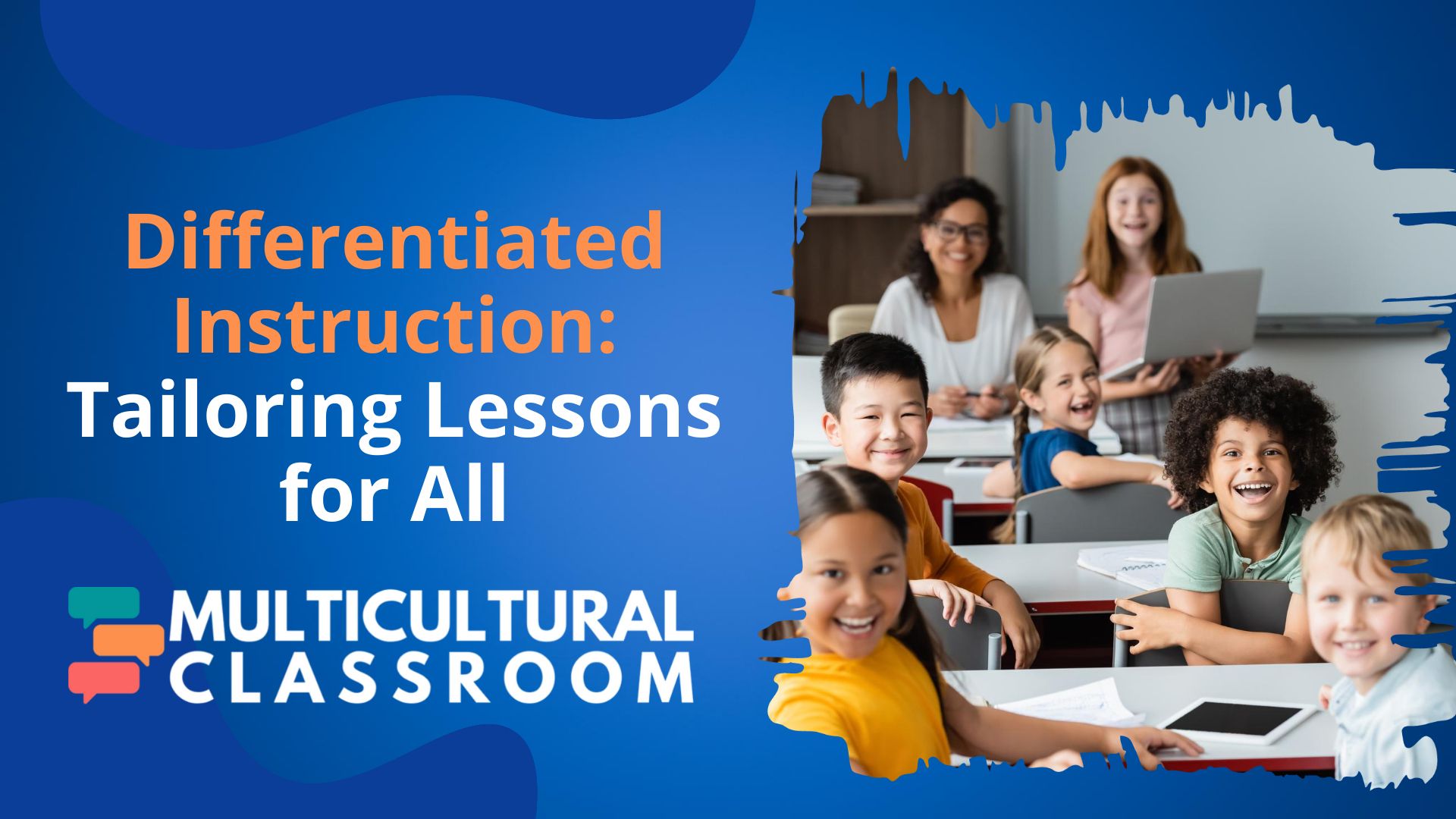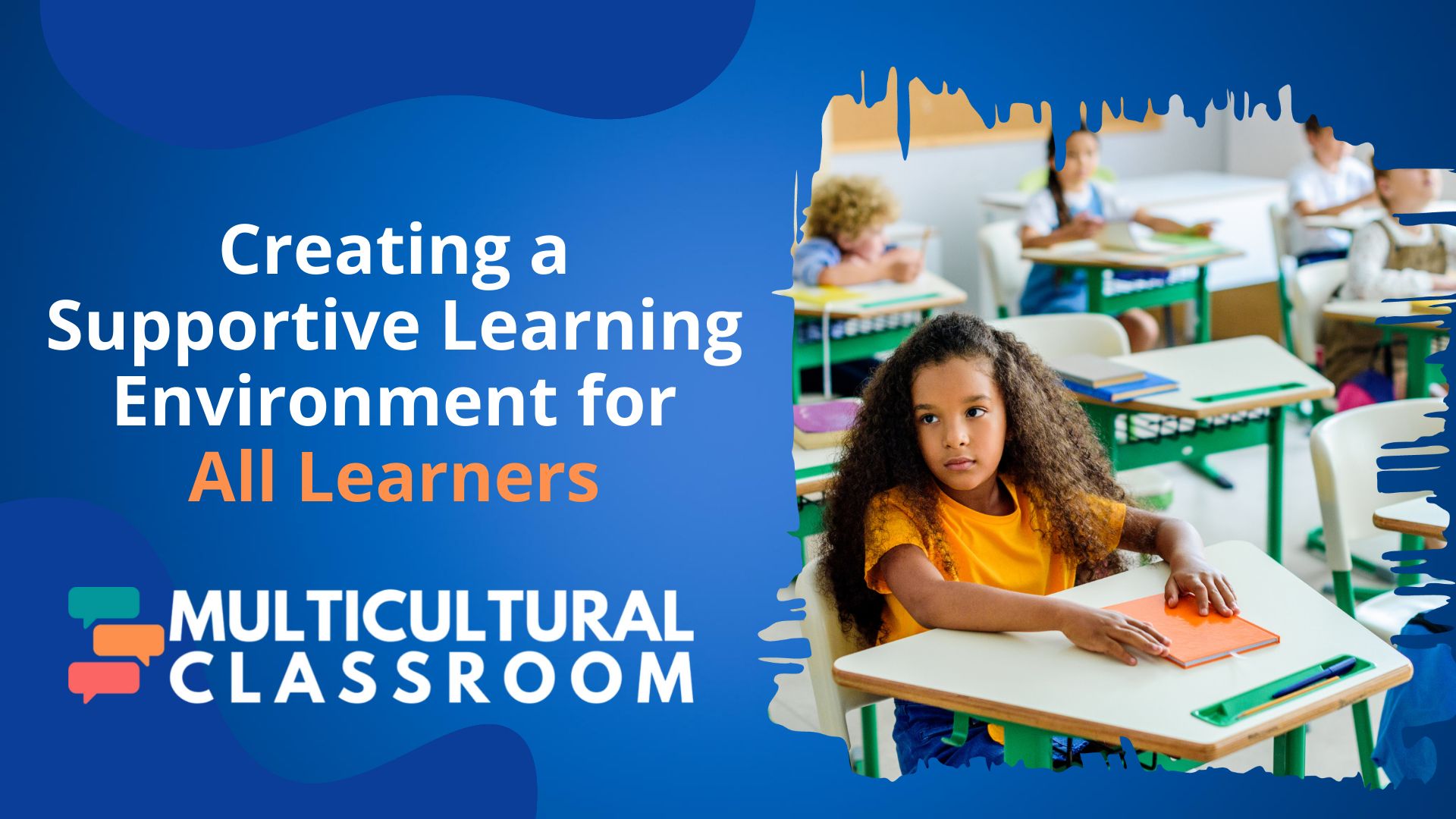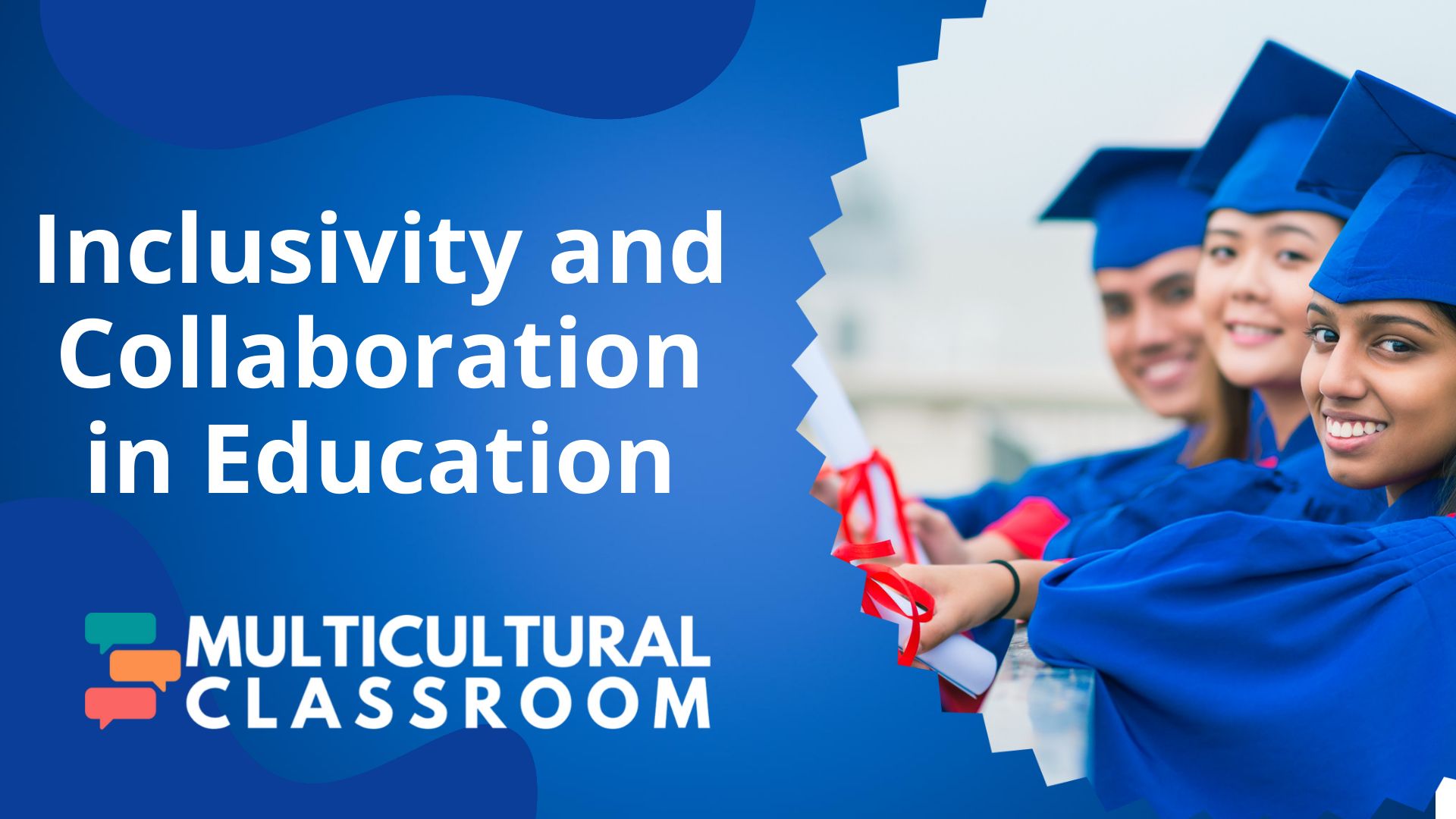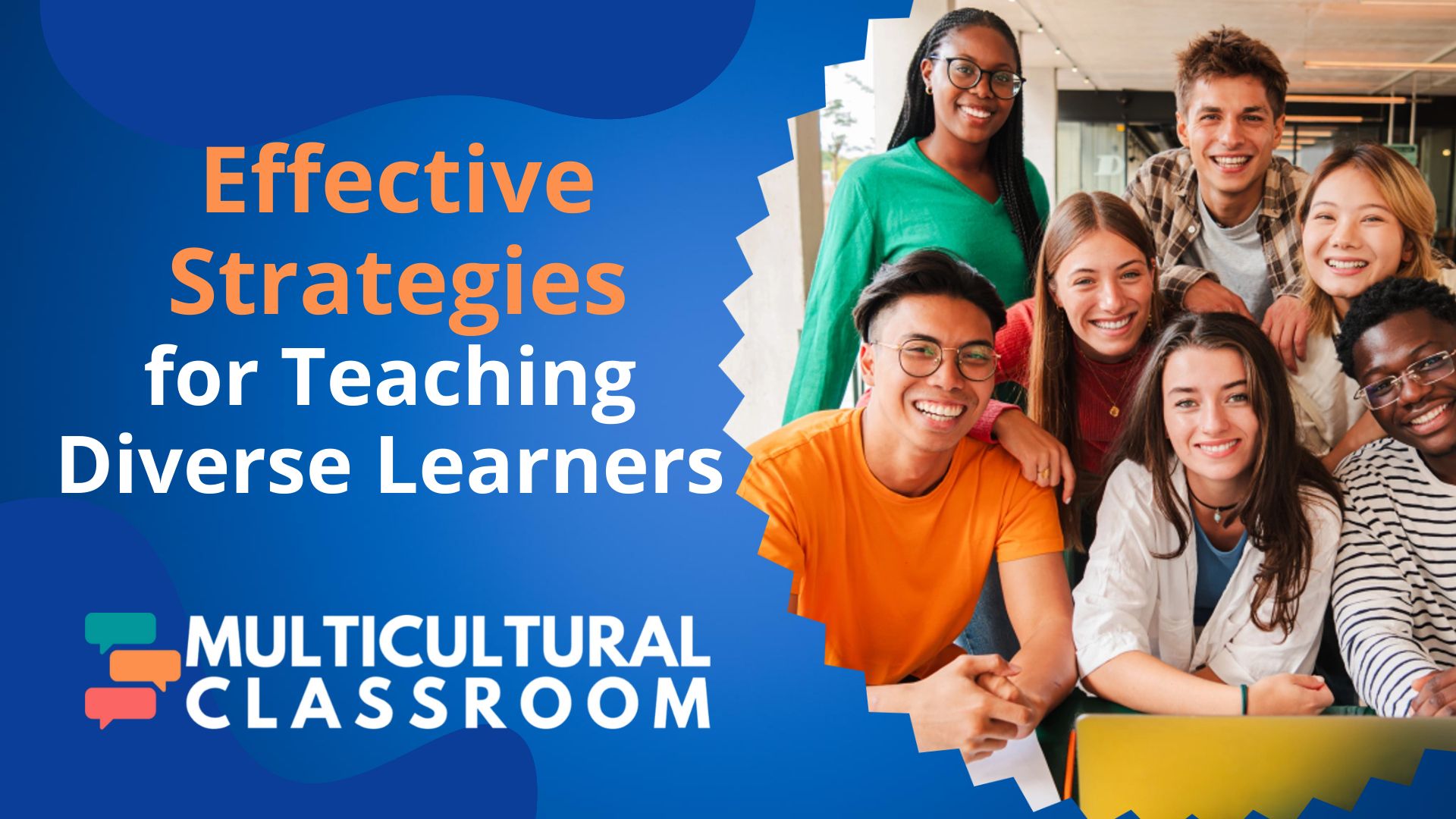The Blog
Differentiated instruction is a powerful approach that recognizes the diverse needs, learning styles, and strengths of every student in the classroom. In a typical classroom, learners come with varied cultural backgrounds, abilities, and interests, making a one-size-fits-all teaching strategy ineffe...
Creating a supportive learning environment is crucial for fostering the growth and development of diverse learners. This space should be a sanctuary where all students feel valued, respected, and safe to express themselves without fear of judgment. A supportive environment goes beyond physical comfo...
Recognizing different learning styles is essential for creating an inclusive classroom that meets the needs of all students. Each learner is unique, absorbing information and processing concepts in ways that resonate with their individual strengths. By understanding and acknowledging these varying s...
Inclusivity in education is a fundamental principle that fosters effective teaching strategies for diverse learners. The typical classroom is filled with students from various backgrounds, abilities, and learning styles. Creating an inclusive environment is essential for fostering a sense of belongi...
Educators are tasked with the challenge of unlocking the potential of each student, regardless of their unique backgrounds, learning styles, or abilities. Teaching diverse learners requires more than just traditional methods; it calls for innovative strategies that embrace individuality and foster a...
Diversity in education isn't an approach. It's an outlook, a value, or a priority that enriches the learning experience and fosters critical thinking and creativity among students. When learners are exposed to a variety of perspectives, backgrounds, and cultures they are challenged to step outside t...
Diversity in education encompasses a broad spectrum of characteristics and experiences that shape the learning environment. At its core, diversity refers to the differences among individuals, including but not limited to race, ethnicity, gender, age, sexual orientation, socio-economic status, physic...
Fostering an inclusive classroom culture is paramount in creating an environment where all students feel valued, respected, and empowered to learn. Multiculturalism in the classroom starts with cultivating a deep understanding of the diverse backgrounds, cultures, and experiences that each student b...
Addressing bias and stereotypes is a critical step in creating a culturally responsive classroom that supports inclusive learning for all students. Bias and stereotypes can manifest in subtle ways, often unconsciously influencing the dynamics of the classroom environment. As educators, it is essenti...













